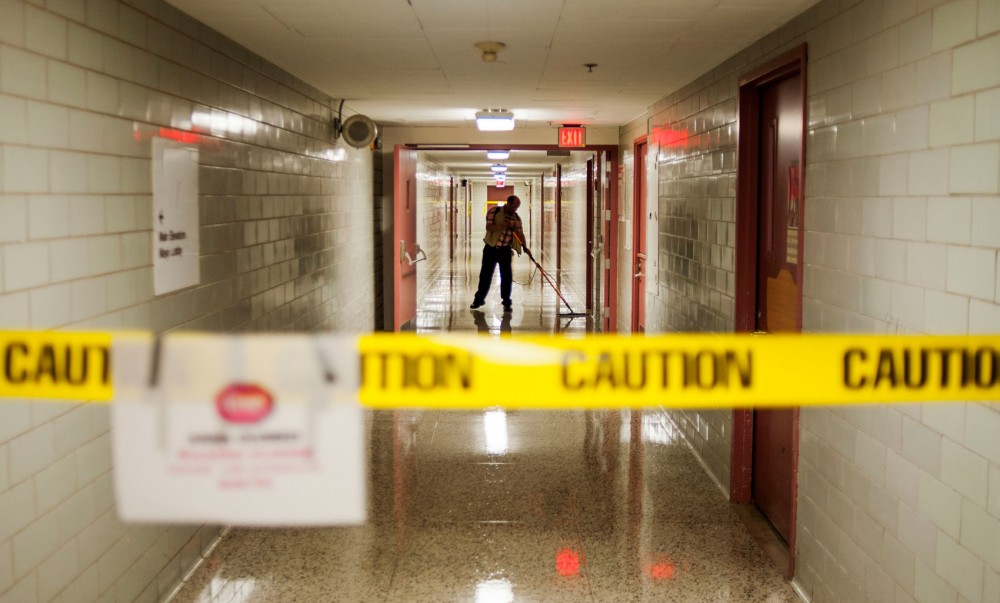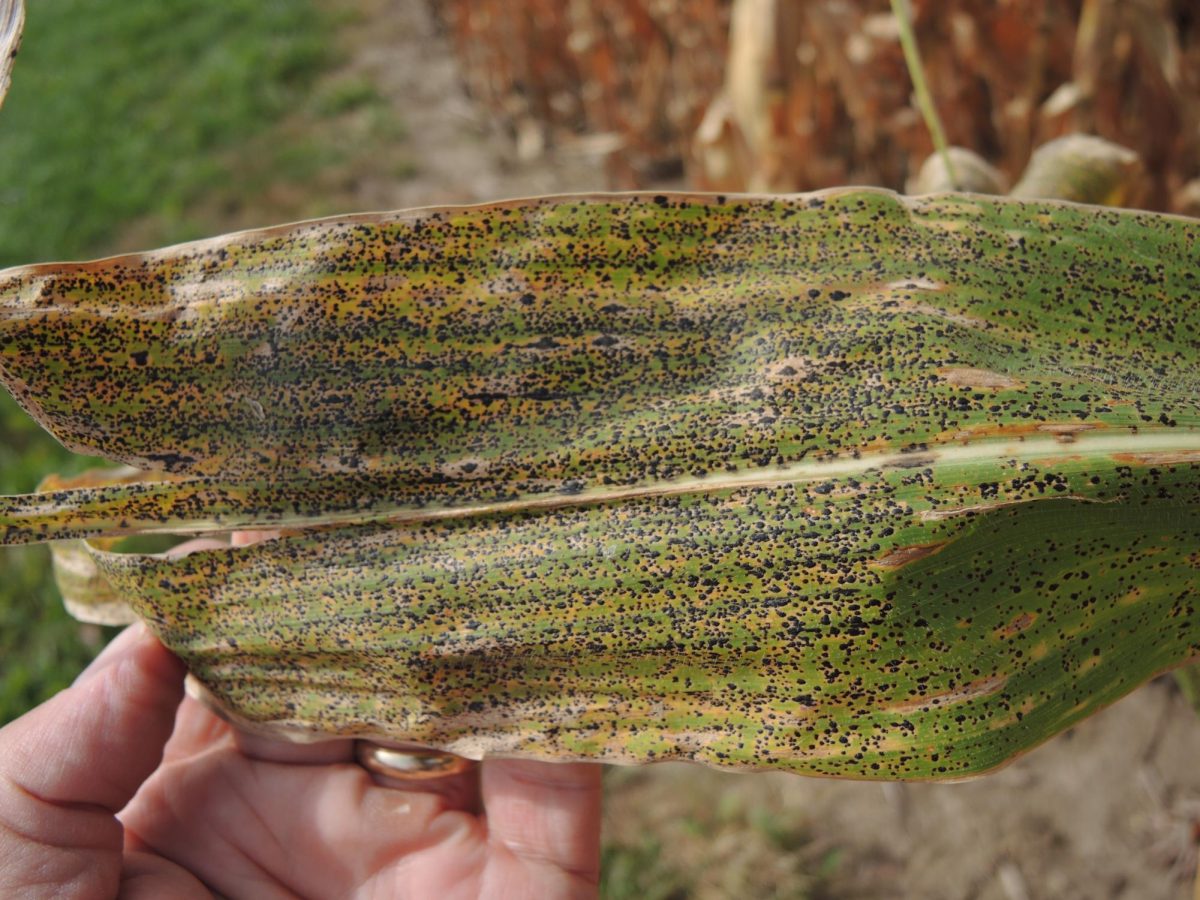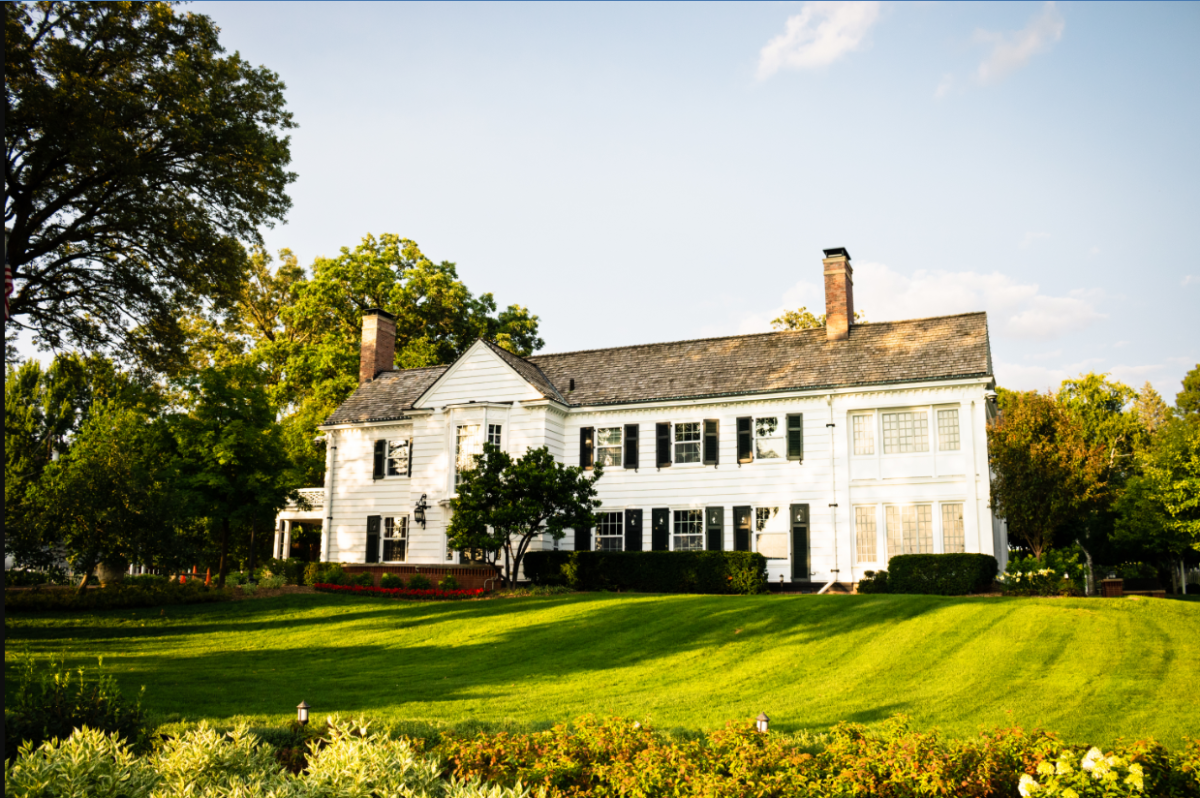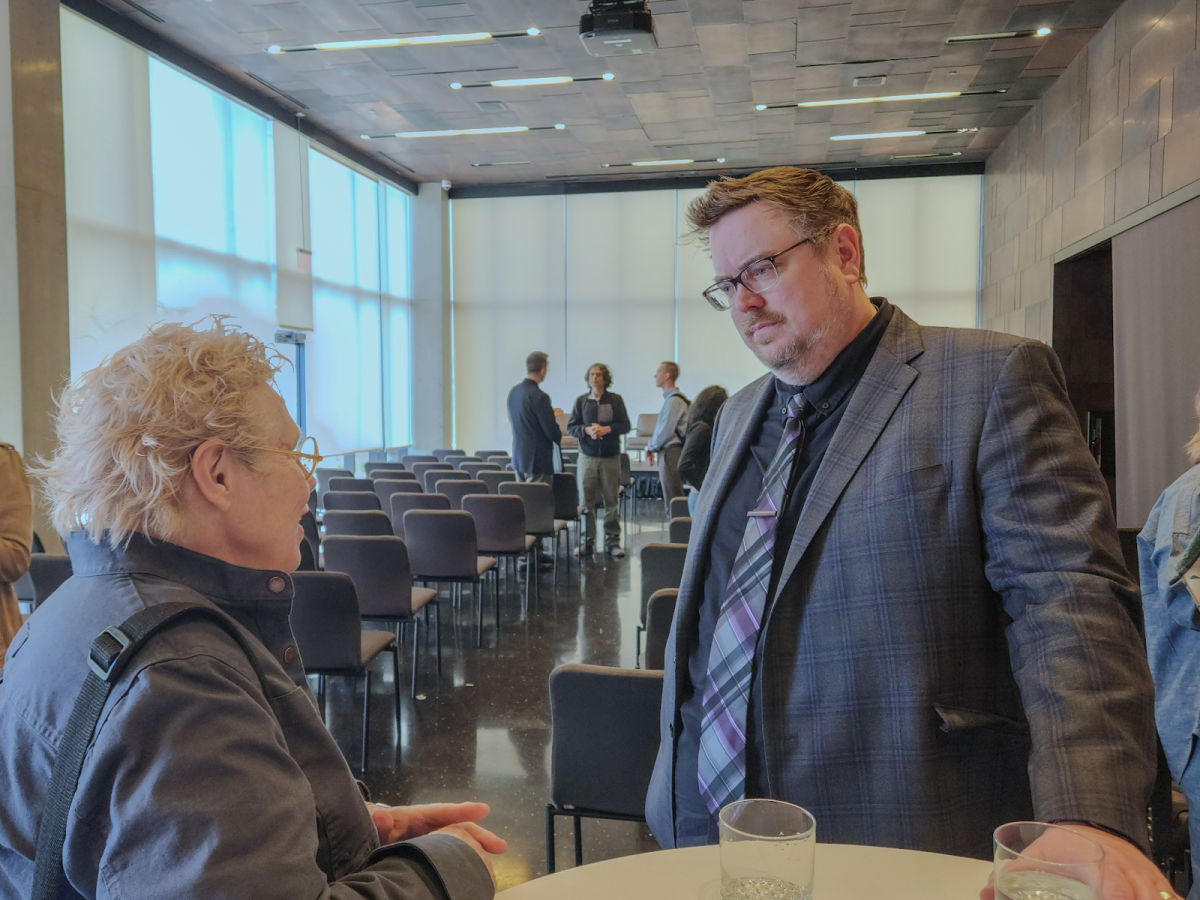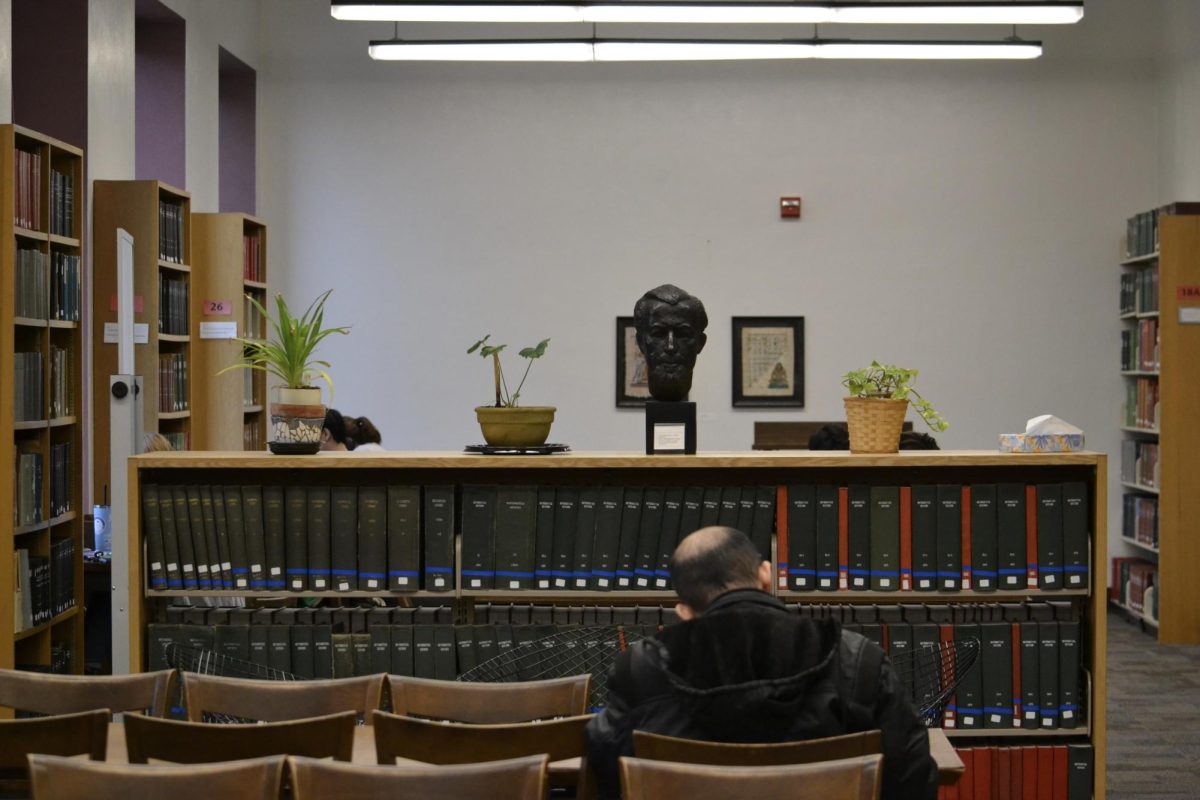The University of Minnesota custodians work continuously to improve their program and the school.
The custodial program, part of the University’s Facilities Management (FM) currently has 500 workers for both the Twin Cities and St. Paul campuses. Four to six times a year, a new batch of 10 to 20 hires go through a week-long training program at the University, including things from Human Resources to safety, asbestos and sexual harassment training.
According to Michael Hofer, associate director of the custodial program at the University, trainees spend days learning how to use cleaning products through hands-on training and the use of different pieces of equipment.
This hands-on training includes the use of microscopes to look at different carpet and dirt samples. Hofer said with things like coffee stains, the coffee gets coated on all the little fibers of carpet, so it is important to show trainees the impact up close.
“You can do cleaning all your life and never see what it actually does under a microscope,” Hofer said. “We really try to bring things to life.”
Hofer added he believes strongly in explaining to people why it is important to do what they are doing.
Along with microscopes and testing, the custodial program includes testing of different products. The program tests different types of flooring and even works closely with Capital Projects at the University to choose standards for future buildings and remodels that are easier to clean and will look better longer, according to Hofer.
Through testing, the custodial program has also invented a tool to better assist in cleaning whiteboards. Hofer said the tool originally came with a handle that put a strain on the muscles, so they worked with the kinesthesiology department to change the handle for improved cleaning methods.
“You’re actually cleaning something that educates and researches and all the cool things that the U of M does,” Hofer said.
There are challenges involved as well. Hofer added it can be frustrating when users or students do not care for the spaces.
“You can walk by pretty much any quad [trash] system and take a peek in the compostable organics and see stuff that is clearly not compostable,” Hofer said. “How can you not care just a little bit?”
One of the things Hofer said the program has improved recently is through their new custodial database, where every room is identified with square footage, the type of flooring and how long it takes to clean the room.
During the pandemic, each room was studied to determine how long it would take to perform all the necessary cleaning tasks. Hofer added this also worked as an opportunity to test tools and use the videos of the time study to show the most efficient ways to do things.
With 80,000 rooms, Hofer said there are now 80,000 rows of data saying how long it should take to clean a room.
The cleaning is done in squads of four people. According to Hofer, one person cleans the restrooms, one person does all the trash, dusting and wiping, the third person vacuums and does floor work while the fourth person cleans all the public areas.
Each job gets rotated every week or so, according to Hofer, but the person cleaning the public areas stays the same, as they are the “senior” or leader of the squad. This advantage is when staff is short, as everyone has done every job.
Besides the challenge of staffing shortages, Hofer said it can be disheartening when students do not care for the spaces they work hard to maintain.
“There’s people spending time and effort to give them a nice environment, so just appreciate and care for it,” Hofer said.
There have been a few student groups who have written notes thanking the custodians, something Hofer said was greatly appreciated.
“A simple thank you is awesome,” Hofer said. “Someone appreciates what you’re doing.”
New this year to FM and the custodial program is the addition of University housing. Previously, the staff working in residence halls and housing were managed by University Housing and Residential Life but now the staff is managed by FM.
Adugna Dinka is a lead custodian who has worked at Comstock Hall for six years, coordinating the student custodial workers and taking care of the building.
According to Dinka, people think custodians only clean, but he said a big part of the job is welcoming students into their “second family.”
“We are very excited to welcome the five or seven thousand students coming here and we tell them, ‘Welcome to the University family,’ because this is where you’re going to be for the next four to five years,” Dinka said.
Dinka said he loves coming to work because he loves his team and it feels like he is coming to work with his family. With the change to FM management, he said workers were confused at first not knowing what was going to change, but he feels it is going well and the FM management is listening to them.
Letitia Harris has worked as a custodian at Comstock Hall for one year, and she said she has enjoyed every minute of it.
“I enjoy my entire staff,” Harris said. “It’s about communicating with each other, staying in tune and offering a helping hand. It’s up and close with the students, greeting them, assisting them if needed, just being there. It makes them feel comfortable and that’s very important.”










